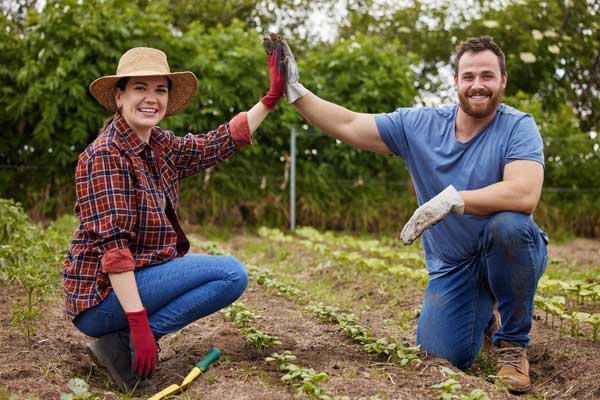The world is facing many environmental, social, and economic challenges that threaten our planet’s health and sustainability. To address these issues, the United Nations created 17 Sustainable Development Goals (SDGs) that were adopted by 193 countries in 2015. The goals aim to achieve a more sustainable and equitable future for all by 2030. In this article, we will explain the SDGs and provide three useful tips that will help you achieve sustainability in your business or country.

The SDG Wedding Cake
The SDGs are interconnected, and the Stockholm Resilience Centre suggests that they can be organized into three layers: the environment as the foundation, supporting society which supports the economy. There are four goals about the environment, eight goals about society, and four goals about the economy. This representation is called the SDG wedding cake.
The environment’s goals are life below water, climate action, life on land, and clean water and sanitation. The goals about society are no poverty, zero hunger, good health and well-being, quality education, gender equality, affordable and clean energy, sustainable cities and communities, and peace, justice, and strong institutions. The goals about the economy are decent work and economic growth, industry, innovation, and infrastructure, reduced inequalities, and responsible consumption and production.
Interconnected Goals
The goals’ interconnected nature is essential to achieve sustainability. For example, decent economic growth or food security is impossible without taking care of the oceans, as demonstrated during the collapse of the Atlantic cod fishery in the 1990s. The recent COVID-19 crisis has also highlighted the need to take care of our land, forests, and greenhouse gas emissions to achieve good health and eliminate poverty.
Targets and Indicators
The SDGs have 169 targets and 232 indicators, and they serve as a framework for tracking progress towards achieving the goals. For instance, the “affordable and clean energy” goal has five targets, including ensuring universal access to affordable, reliable, and modern energy services by 2030, doubling the global rate of improvement in energy efficiency, and substantially increasing the share of renewable energy in the global energy mix. You can use this website https://dashboards.sdgindex.org/ to see the performance of each country by indicator.
Tips for Achieving Sustainability
To become sustainable, we need to apply first-order principles for sustainability that are grounded in science. There are three ecological principles and five social principles. They are necessary, sufficient, and non-overlapping.
The ecological principles are:
- Reduce dependence on fossil fuels by transitioning to renewable energy sources.
- Conserve biodiversity and natural habitats.
- Minimize pollution and waste production.
The social principles are:
- Promote equitable access to resources and reduce social inequalities.
- Foster democratic participation and accountability in decision-making processes.
- Increase investment in education and knowledge-building.
- Improve healthcare and access to basic services.
- Promote cultural diversity and protect human rights.
Conclusion
The SDGs provide a shared language for all countries to report on progress towards achieving sustainability. To become sustainable, we need to take an interconnected approach and use first-order principles that are grounded in science. By following the tips outlined in this article, we can all contribute to making our world a better place for future generations.
